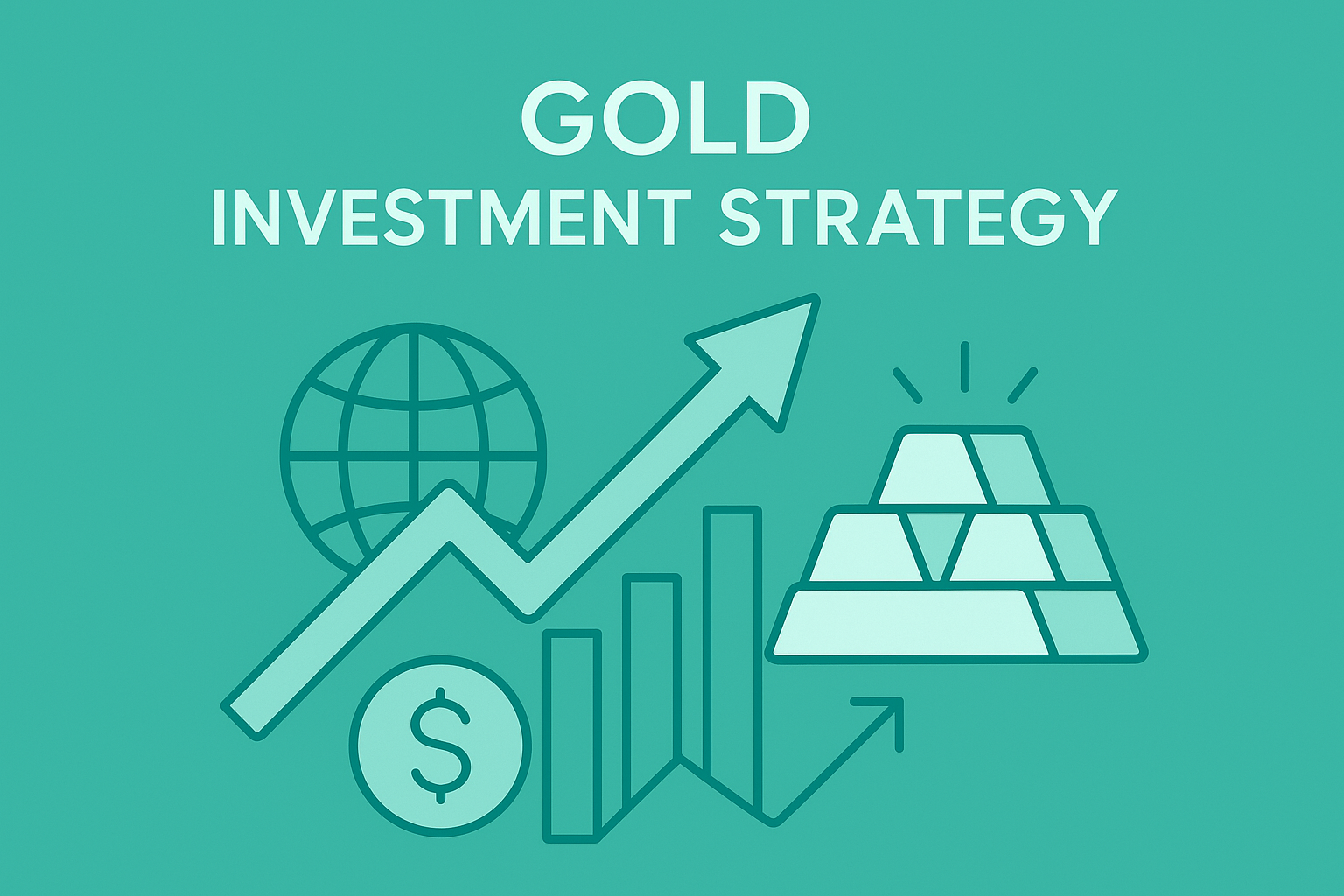Date: August 10, 2025
Audience: High-Net-Worth Investors in Japan
1. Macro Backdrop: Global Uncertainty Persists
Key Drivers of Uncertainty
- United States: The 39% tariff on Swiss gold imports highlights a broader escalation of trade frictions. The Federal Reserve faces pressure to cut rates but remains cautious amid growing recession fears.
- Europe: Inflation is easing but political fragmentation and energy security risks persist.
- China: Real estate market stagnation continues, with heightened geopolitical tensions.
- Geopolitics: U.S.–China rivalry, ongoing Russia sanctions, and Middle East instability create a multi-layered risk environment.
Japan’s Investment Landscape
- Persistent yen weakness driven by interest rate differentials and structural current account factors.
- The Nikkei remains buoyed by foreign inflows but is vulnerable to global risk-off events.
- Government bond yields remain low, keeping real interest rates in negative territory.
2. Insights from the World Gold Council’s Latest Reports
Medium-Term Price Outlook
According to the WGC Gold Mid-Year Outlook 2025, gold surged roughly +26% in USD terms during H1 2025. The Council outlines three scenarios:
- Baseline: Prices hold steady or rise modestly (+0–5%).
- Risk Escalation: Stagflation or intensified geopolitical risks could drive prices up another +10–15%.
- Risk Easing: A de-escalation of global risks could trigger a 12–17% correction from H1 gains.
Given the current fragmented geopolitical environment, the risk escalation scenario retains meaningful probability.
Demand Strength: Investment-Led Growth
The WGC’s Gold Demand Trends Q2 2025 shows:
- Total demand (tonnage): +3% YoY
- Value terms: +45% YoY, driven primarily by price increases.
- ETF inflows: 170 tonnes in Q2; 397 tonnes in H1, the highest since 2020. Strong inflows from Asia and the U.S. offset declines in Europe.
- Bar and coin demand: Up sharply in China (+44% YoY) and solid in India; Europe steady; U.S. down significantly.
Central Bank Purchases: Still Bullish
- Q2 central bank purchases totaled 166 tonnes—down from Q1’s 243 tonnes but still 41% above the 2010–2021 quarterly average.
- WGC surveys reveal 95% of central banks plan to increase gold reserves over the next 12 months, with 43% expecting to expand their own holdings.
3. Strategic Implications for Japanese High-Net-Worth Investors
- Gold’s Uptrend Has Structural Support
Investment demand and sustained central bank buying provide a strong medium-term foundation for gold prices. The safe-haven premium is likely to persist while geopolitical and macroeconomic uncertainty remains high. - Strategic Allocation for Currency Protection
With the yen’s purchasing power under pressure, gold can serve as an effective hedge, particularly when held in forms tied to non-yen currencies (USD- or CHF-denominated ETFs or bullion accounts). - Scenario Planning is Crucial
WGC’s three scenarios underscore the need for flexibility. A rapid de-escalation in geopolitical tensions could trigger sharp pullbacks, while escalation could push prices toward new all-time highs.
4. Conclusion
The latest WGC data confirms that gold remains one of the most reliable safe-haven assets in today’s fragmented global landscape. For Japanese high-net-worth investors, incorporating gold into a diversified portfolio is not merely a tactical play—it is a strategic safeguard against currency depreciation, geopolitical shocks, and systemic financial risks.
Maintaining exposure while preparing for both upside surges and correction scenarios will be key to capital preservation and long-term growth.


